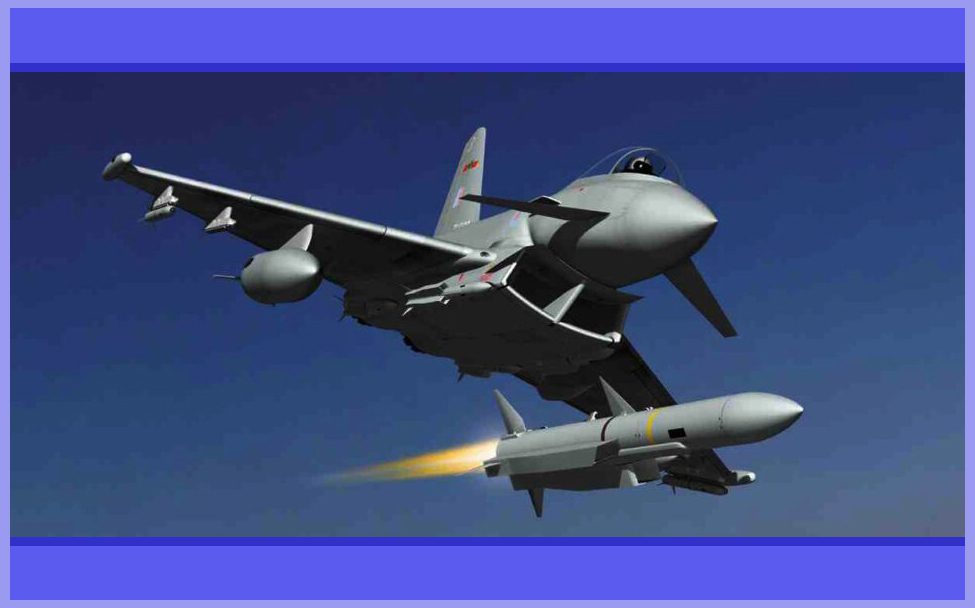A sophisticated weapon system designed for aerial combat that engages targets beyond the visual detection range. Let’s Explore the Best Beyond-Visual-Range Air-to-Air Missile employed primarily by modern fighter aircraft. BVR missiles leverage advanced guidance systems, propulsion technologies, and aerodynamic design to intercept and destroy hostile aircraft at extended distances.
These missiles are capable of engaging targets at ranges ranging from 40 km (25 miles) to beyond 200 km (120 miles) or more, depending on advancements in future technologies. Achieving this range is made possible through the utilization of dual-pulse rocket motors or a combination of booster rocket motors and ramjet sustainer motors.

Key features of Beyond-Visual-Range Air-to-Air Missiles (BVRAAMs) include active radar homing or infrared homing capabilities, enabling them to autonomously track and engage targets based on radar emissions or heat signatures. Some systems employ mid-course corrections transmitted to the missile. Additionally, these missiles often incorporate advanced signal processing algorithms to discriminate between targets and countermeasures, thus enhancing their effectiveness against agile adversaries.
The advancement and utilization of contemporary BVRAAMs such as Meteor, ASTRA, AMRAAM, and R-37 signify a notable progression in aerial warfare, equipping air forces with a formidable asset to uphold air superiority and execute offensive manoeuvres. The capability of these missiles to engage targets beyond visual range bolsters the survivability and efficiency of fighter aircraft in contemporary combat environments.

The Development History of the BVR Air-to-Air Missile
The development history of Beyond-Visual-Range (BVR) Air-to-Air Missiles (AAM) traces back to the mid-20th century with the advent of radar technology and the increasing need for air superiority in military conflicts. Early air-to-air missiles used semi-active radar homing guidance, meaning the missile relied on the radiation produced by the launching aircraft to guide it to the target.
Throughout the Cold War, both the United States and the Soviet Union actively worked on advancing Beyond-Visual-Range (BVR) Air-to-Air Missiles (AAMs) to counter the evolving threats posed by one another.
By the 1960s and 1970s, initial versions of BVR missiles, such as the AIM-7 Sparrow in the US and the Vympel R-27 in the Soviet Union, were introduced. These early variants were equipped with semi-active radar homing guidance systems, enabling them to effectively track and engage targets illuminated by the radar signals of the launching aircraft.
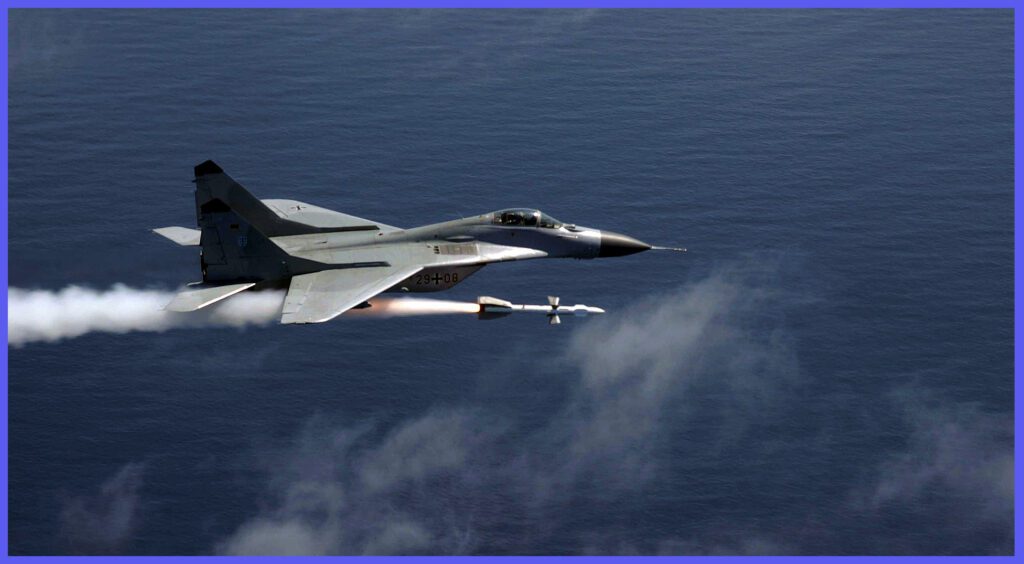
The inception of Beyond-Visual-Range (BVR) missiles marked the advent of relatively simplistic beam-riding designs as the first step in their development. However, these early BVR missile prototypes were swiftly succeeded by more advanced models featuring semi-active radar homing (SARH) technology.
SARH operates through the launching aircraft’s radar system, which locks onto the target in a single target track (STT) mode, meticulously directing radar energy towards the intended target.
This energy is then reflected off the target and detected by the missile seeker. Throughout the engagement process, the radar antenna must maintain continuous illumination of the target until the missile achieves impact, ensuring precise tracking and guidance.
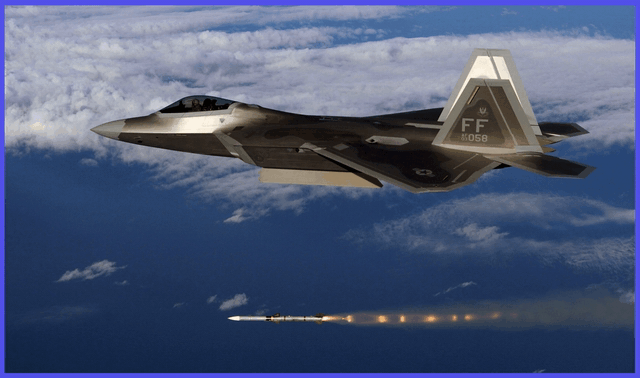
Missiles such as the Raytheon AIM-7 Sparrow and the Vympel R-27 are exemplary examples that home in on the reflected radiation, exhibiting a similar principle to that of laser-guided bombs homing in on reflected laser radiation. Remarkably, even in contemporary times, some of the longest-range missiles still employ and rely upon this established technology for their guidance systems.

Advancements in guidance systems, propulsion technology, and miniaturization throughout the latter half of the 20th century and into the 21st century have facilitated the development of more sophisticated Beyond-Visual-Range (BVR) Air-to-Air Missiles (AAMs).
The first operational air-to-air missile to introduce a terminal active seeker was the AIM-54 Phoenix, specifically engineered for the F-14 Tomcat of the US Navy, which became operational in 1972. This innovation alleviated the launch platform’s requirement to illuminate the target until impact, thus reducing its vulnerability.
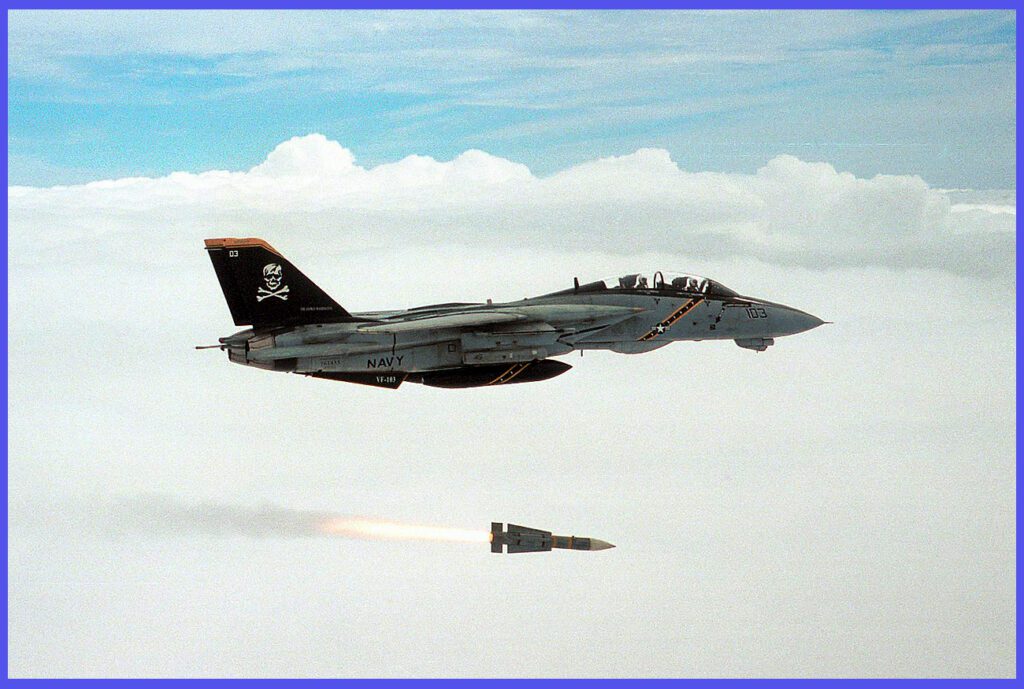
Another significant advancement came with the introduction of the AIM-120 AMRAAM (Advanced Medium-Range Air-to-Air Missile) by the US in the 1990s, featuring active radar homing capability and offering improved range and lethality.
In parallel, other countries such as Russia, India, and European nations have developed their own BVR AAMs with newer fire-and-forget technology, including the R-37 Axehead, ASTRA, and Meteor missiles, respectively. These missiles incorporate advanced features such as ramjet propulsion, data links for mid-course updates, and enhanced counter-countermeasures.

The Cutting Edge: The Latest Generation of BVR Missiles, as of 2024
As BVRAAMs continue to excel with features like active radar guidance, extended range, and high manoeuvrability, they have become widely deployed by numerous air forces globally. Their advanced capabilities, reliability, and versatility have cemented their status as the preeminent BVR missiles. Here are some of the prominent ones as of 2024.
- AIM-120 AMRAAM: Developed by the United States, the AIM-120 series remains widely deployed by numerous air forces globally. Variants such as AIM-120C and AIM-120D feature advanced guidance systems and enhanced range.
- Meteor: Developed by MBDA in Europe, Meteor is an active radar-guided BVR missile known for its long-range and high manoeuvrability. Designed with a throttleable ducted rocket (ramjet), it is employed by various European air forces, offering exceptional performance in aerial engagements, which makes it the elite AAM as of now.
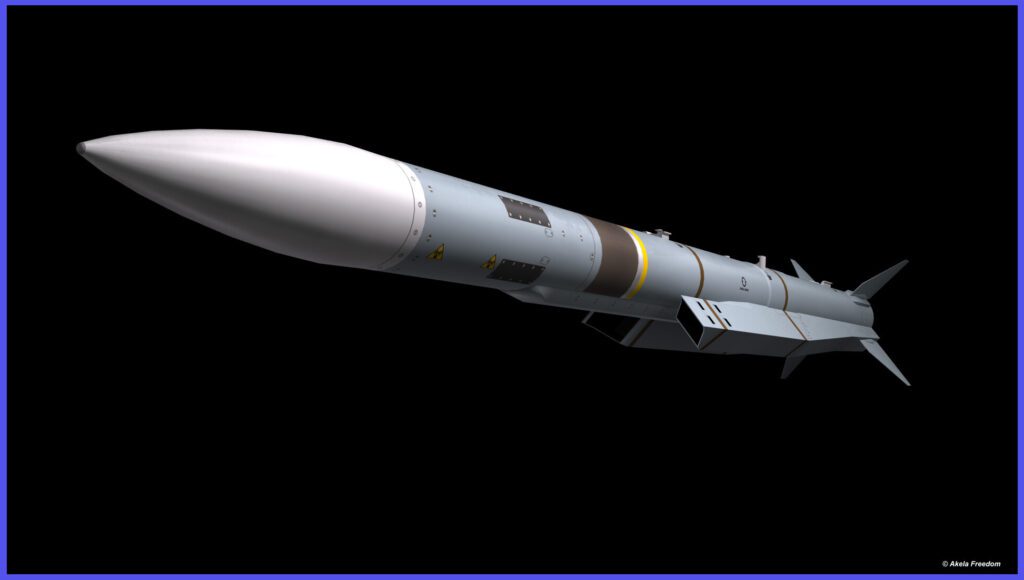
- PL-15: Developed by China, the PL-15 is one of the BVR missiles featuring an active electronically scanned array (AESA) radar seeker and a dual-pulse rocket motor. However, its performance and reliability have not yet been proven.
- R-77 (AA-12 Adder): Developed by Russia, the R-77 is a medium-range BVR missile known for its versatility and effectiveness. Over the years, it has undergone several upgrades, with variants like the RVV-SD and R-77M featuring improved seeker and guidance systems.

- The R-37 (AA-13 Axehead): Is a super long-range hypersonic air-to-air missile developed by Russia, known for its exceptional range of over 300 km. It features semi-active and active radar homing and is primarily used by Russian fighter aircraft like the MiG-31. The missile is designed to engage high-value airborne targets such as aerial refuelers and AWACS from a considerable distance, making it a significant asset for air superiority and deterrence.
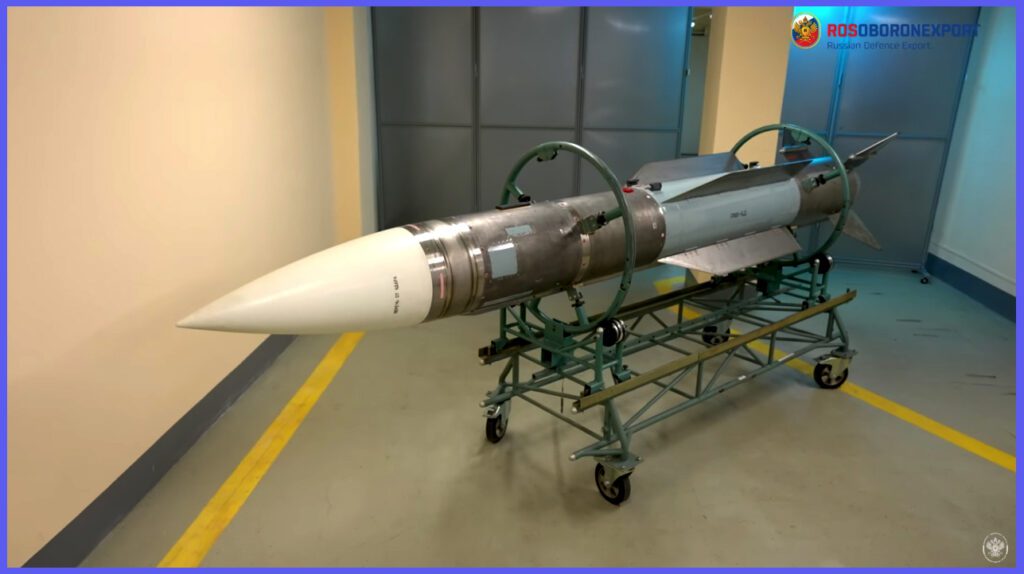
- Astra: Developed by India, the Astra is an indigenous BVR missile for Indian Air Force fighters. It has solid-fuel propulsion and active radar homing for precision targeting against aerial threats. The series includes the Astra Mk-1 with a range of over 110 km, the upgraded Astra Mk-2 with a range of over 160 km, and the Astra Mk-3 with a range of 350 km for air-to-air engagements.
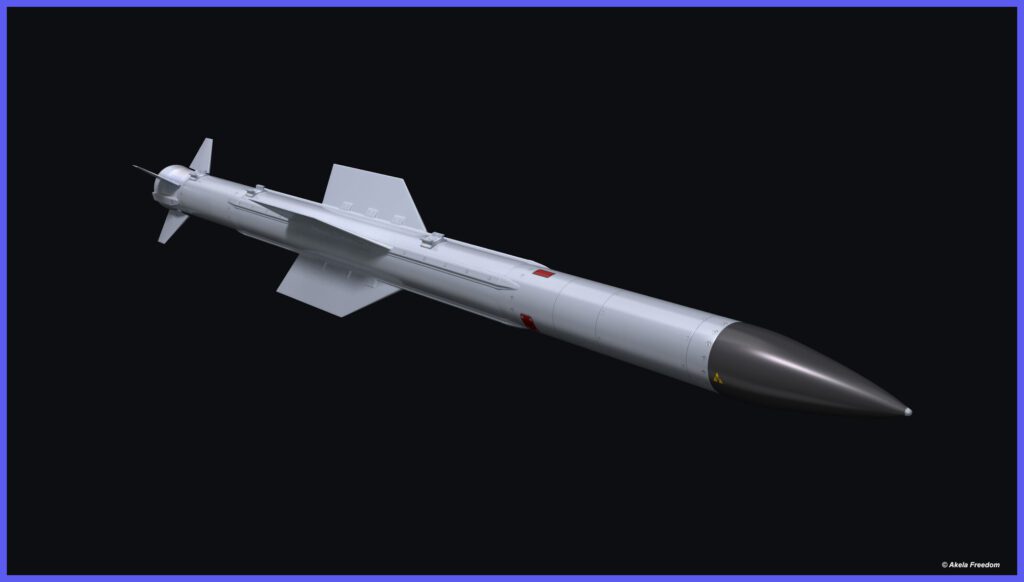
- Derby: Developed by Israel, the Derby is an active radar-guided BVR missile with all-weather capability. It is utilized in various air defence systems and fighter aircraft, offering reliable performance and precision targeting. Sky Spear, developed by Rafael, follows as a 6th generation long-range air-to-air missile.

A Major Issue with BVR Air-to-Air Missiles: IFF Technology
Despite significant investment, BVR missiles underperformed due to their heavy radars, which added weight to aircraft, increased drag, and raised procurement and operating costs. BVR-equipped fighters were also less agile. During the Gulf War, Western air forces achieved only 4 BVR kills out of 528 kills from 1965 to 1982. Consequently, most BVR missiles were used at visual range, with guns and short-range missiles being more effective for kills.
One major issue with BVR is unreliable IFF (Identification of friend or foe) technology at great distances. Pilots hesitate to use BVR missiles at BVR range due to difficulty distinguishing friends from foes. Reliable IFF systems are crucial for reducing fratricide risk in complex air combat scenarios.
However, integrating reliable IFF into BVR missiles poses significant technical challenges, ensuring accurate identification in dynamic combat environments is essential. Failure or misinterpretation of IFF signals can have catastrophic consequences, emphasizing the need for robust IFF technology in BVR missile systems to enhance air combat safety and effectiveness.

In conclusion, Beyond-Visual-Range (BVR) missiles stand as pivotal assets in modern aerial warfare, offering the capability to engage targets from extended distances with precision and lethality.
Their evolution, from early semi-active radar homing systems to advanced active radar and infrared guidance technologies, has revolutionized air combat tactics and strategies. However, challenges persist, including the need for robust Identification Friend or Foe (IFF) systems to prevent fratricide and enhance operational safety.
Future advancements may integrate advanced sensor fusion, artificial intelligence, and network-centric capabilities to bolster BVR missile effectiveness in contested airspace. As nations continue to invest in research and development, the future of BVR missiles holds promise for even greater range, accuracy, and adaptability, ensuring their continued relevance on the ever-changing battlefield.
